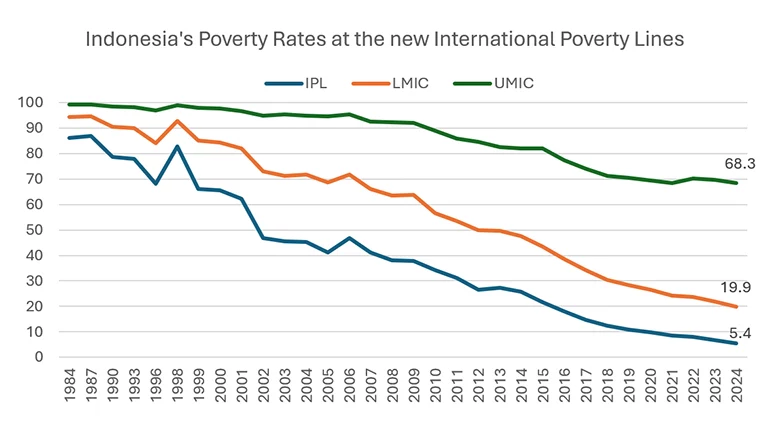Late April, Indonesia’s West Java Governor Dedi Mulyadi announced a birth control initiative encouraging men from low-income households to undergo vasectomies in a move to reduce provincial poverty, a policy that runs counter to recent demographic trends across Southeast Asia where neighbors like Vietnam have been relaxing population controls.
Vasectomy involves cutting or blocking sperm-carrying tubes to prevent pregnancy, creating permanent sterilization that can sometimes be surgically reversed, though success isn’t guaranteed.
Speaking at Depok City Hall, West java Province, Dedi outlined the program’s key features: weekly vasectomy services every Wednesday, a IDR 500,000 (about USD 30) cash incentive, and reports suggest sterilization may be required to access certain government assistance programs, such as electricity connections, food aid, scholarships, or public housing.

Eligible men must be 35 or older, healthy, have at least two children, and obtain spousal consent. West Java defines poverty as living on IDR 535,000 (about USD 33) monthly or less.
World Bank data from April shows 60.3 percent of Indonesians, approximately 171.8 million people, live below the poverty threshold of USD 6.85 per person per day.

Dedi explained that the province had observed many poor families continuing to have a fourth or fifth child, even though childbirth expenses range between IDR 15 to 25 million (around USD 1,000 to 1,700), which such families are unable to afford.
He emphasized, as reported by the Jakarta Globe, that parenthood demands financial readiness.
West Java’s restrictive approach stands in contrast to broader regional demographic trends.
Just this June, Vietnam ended its two-child policy as its fertility rate fell to 1.91, aiming to address rapid aging.
Thailand faces an even sharper decline, with a fertility rate of 1.0 and births at a 70-year low, prompting new pronatalist efforts. China has similarly relaxed population restrictions in recent years to combat demographic challenges.
However, Indonesia’s population continues to increase each year, adding roughly 2.0 to 2.6 million people annually between 2020 and 2025.

Although the growth rate is gradually slowing, from 0.98 percent in 2020 to about 0.79 percent in 2025, the overall population keeps rising due to natural growth and ongoing urbanization, despite negative net migration.
Meanwhile, Laos maintains a higher fertility rate of 2.3 and continues to grow, though challenges like youth unemployment and urban migration are beginning to emerge.



